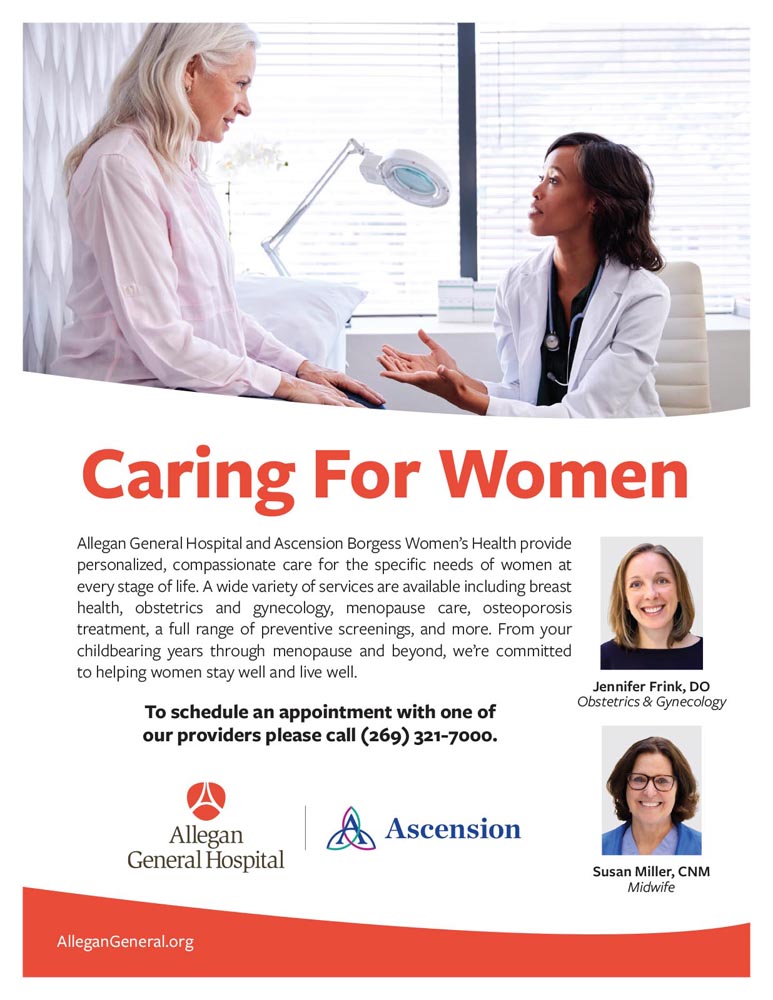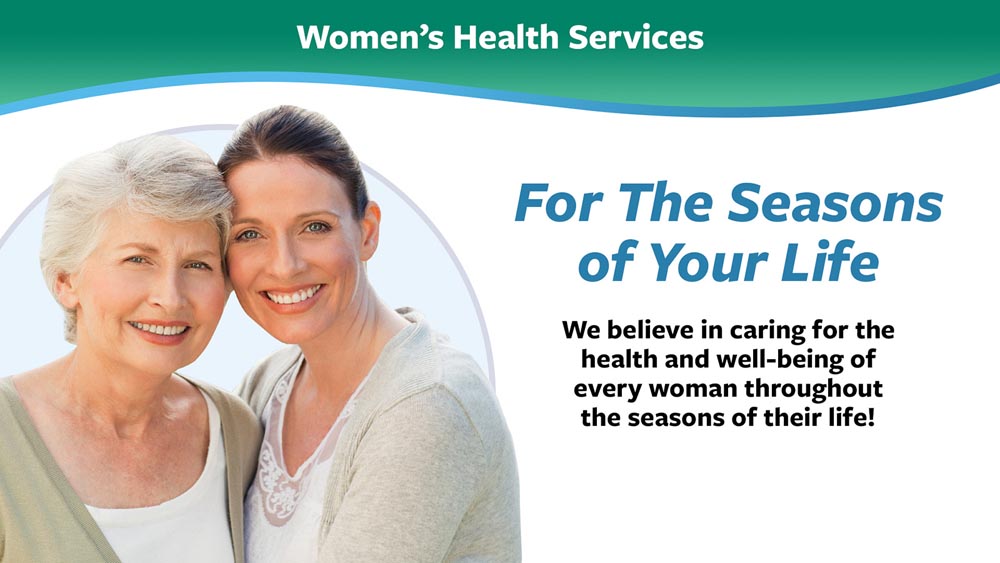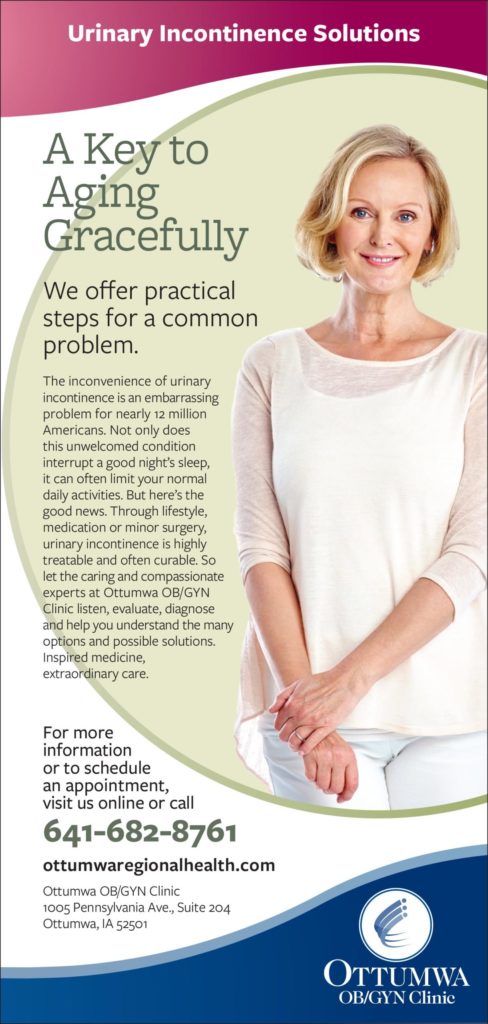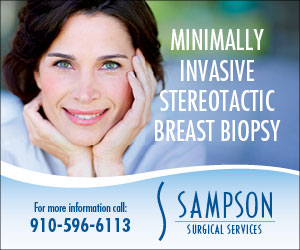
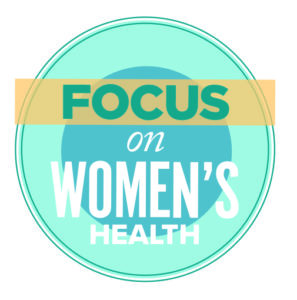 Education is critical for women searching for the correct medical diagnosis.
Education is critical for women searching for the correct medical diagnosis.
It’s a situation women experience all too often. They feel like something is wrong with their body but they struggle to get the right diagnosis and treatment. Women who educate themselves about frequently misdiagnosed medical disorders are more likely to receive the right diagnosis. Here are four of the most common.
Multiple Sclerosis
Women are three times more likely than men to be diagnosed with Multiple Sclerosis (MS), an autoimmune disease that attacks the protective covering of the nerves. MS usually appears between the ages of 20 and 40. Early symptoms include numbness or weakness in one or more limbs, tingling or dull pain, fatigue and vision problems. MS can have few or no symptoms or it can be completely disabling, and there is no way to predict how the disease will progress.
Treatment for MS: Some people with mild symptoms can be treated with corticosteroids. But most cases require a drug therapy. Rest is important and mild exercise can improve a person’s coordination, balance, strength and muscle tone. Staying out of the heat can reduce the likelihood of a relapse.
Rheumatoid Arthritis (RA)
Like MS, rheumatoid arthritis is an autoimmune disease, but it attacks the linings of the joints in the hands, wrists, hips, knees and feet. About 75 percent of the RA cases in the U.S. are women. Symptoms, which can occur at any age, include stiffness (especially after waking up), joints that are tender to the touch, fatigue, fever, swelling, aching and potential deformity of the joints. Patients with RA can have trouble climbing stairs, putting on clothes, even opening a jar. RA is usually symmetrical: if a joint on one side of the body has it, the joint on the other side is often involved as well.
Treatment for RA: The past 20 years have seen many advances. Today, three categories of powerful prescription drugs are available to help stop the disease from causing major damage. These include non-steroidal anti-inflammatory drugs and the newest drugs, called biologics. Steroids can help reduce inflammation, but they do not stop the disease from progressing.
Polycystic Ovary Syndrome (PCOS)
PCOS is the most common hormonal disorder among women of childbearing age. Caused by high levels of androgens (male hormones), PCOS is the leading cause of infertility. As many as one in every 10 women of childbearing age will develop PCOS. Half of those will be diagnosed with prediabetes or diabetes due to the high level of androgen caused by an imbalance of insulin, the hormone that controls blood sugar. Symptoms include irregular periods (or none at all), hair growth on your face, chest, back and limbs, acne, baldness or rapid, substantial weight gain (10 pounds or more a year).
Treatment for PCOS: Unfortunately, there is no cure for PCOS. As a result, treatment is designed to manage the symptoms and prevent infertility, diabetes and heart disease. For example, birth control pills can regulate menstrual cycles and lower androgen levels, reducing hair growth and acne.
Fibromyalgia
Up to six million women in the United States suffer from the widespread pain caused by fibromyalgia. Doctors are not sure what causes fibromyalgia. The symptoms, which include pain, numbness and exhaustion, usually begin to develop in early and middle adulthood. If you have experienced widespread pain in your body that has lasted more than three months, you should ask your doctor to perform a tender-point exam. This test identifies places on your body that are painful to touch, but show no signs of redness or swelling.
Treatment for Fibromyalgia: Over-the-counter medication, such as ibuprofen and acetaminophen, can be effective as well as antidepressants and the prescription drug Lyrica. Massage, stretching and any kind of stress reduction can also be helpful.
Source: CDC, American Heart Association, verywellhealth.com
Marketing Application
Women’s health is a relevant healthcare topic at any point during the year. Therefore, it is appropriate to raise awareness about the wide range of women’s health services available through your hospital and clinics, such as mammography, cancer screenings, pre-natal care and more. OB/GYNs, internal and family medicine providers and diagnostic imaging specialists are appropriate voices to promote this awareness. Effective marketing tools might include social media, digital media and print, in tandem with a strong call to action to learn more about and to schedule an appointment with a local provider or women’s health specialist.
About Brentwood Communications, Inc.
Brentwood Communications specializes in healthcare marketing. Through our monthly AdBank subscription service, thousands of field-tested marketing materials — including content related to heart health — are available and can be easily customized to reflect your hospital or clinic’s existing brand.
Click here to discover more about AdBank and how Brentwood Communications specializes in providing marketing support for non-urban hospitals.
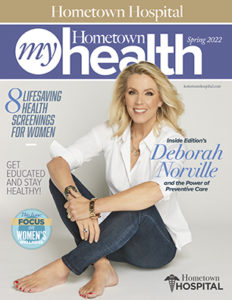
Brentwood Communications also helps hospitals stay in touch with their communities through an informative and cost-effective digital and printed magazine called My Hometown Health, a powerful tool to help promote better health and raise awareness of key services available at the hospital. Inside Edition’s Deborah Norville is featured in the current Spring 2022 magazine, which focuses on women’s health. Deborah talks openly about her thyroid cancer and the power of preventive care.
Brentwood Communications makes creating and publishing a customized, local community health magazine easy and convenient. Click here to learn more, or contact us by email.

